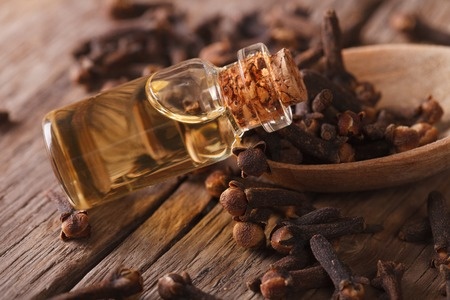Suffering a cracked tooth doesn’t necessarily mean you will feel pain. In some circumstances, like when the crack is only on the outer enamel layer of the tooth, there is usually no discomfort associated with it at all. It is not until the tooth fracture extends into the dentin layer that you will start feeling discomfort. For example, there can be symptoms of sensitivity to hot and cold temperatures due to having exposed dentin, and maybe even a sharp pain when releasing biting pressure as the tooth enamel snaps back into place, irritating the dentin layer.

The worst pain, however, occurs when the fracture extends to the layer of tooth pulp. Since pulp is made up of nerves and blood vessels, exposing this layer to the outside world can cause a lot of trouble. If any bacteria penetrates the crack and infects the pulp, inflammation will occur, usually causing severe pain to that tooth. The pulp will also become irritated while chewing causing sudden sharp pains in the area of the effected tooth.
Feeling any of the symptoms of a cracked tooth should warrant a visit to your dentist so they can fix the problem before it becomes more severe. If, however, you can’t make it to a dentist right away and are looking for temporary pain relief there are several things you can do.
Avoid food and drinks that irritate the tooth
Until you can visit your dentist, the easiest way to relieve pain from the cracked tooth is to stop consuming food and drinks that you know can irritate the tooth. This includes:
- hot and cold food and drinks
- sugary and acidic food and drinks
Food and drinks with extreme temperatures are known to cause discomfort to the dentin in your tooth when it is exposed through a fracture. Try to consume food and drinks that are at room temperature so that this discomfort is minimized until you can visit a dentist who will provide a permanent fix to the tooth crack.

Sugary and acidic food and drinks can cause some minor discomfort on contact, but the main reason to avoid these when you have a cracked tooth that extends past the enamel is that they can accelerate tooth decay. If the sugars or acids get inside the crack, which they most likely will, the dentin can quickly deteriorate, or even worse, the pulp can become infected, causing much more pain and turning a relatively simple procedure into one that may require a root canal or tooth extraction.
Use pain relief medication
With the help of a pharmacist, purchase an over-the-counter pain relief medication that does not interfere with any other medications you may already be taking. Your pharmacist should recommend you take a pain relief medication that reduces inflammation since most of the pain associated with a cracked tooth is usually due to inflammation of the pulp.
Dab the tooth with oil of cloves
This is an old school folk remedy that is known to calm toothaches. Clove oil is a natural antiseptic that will not only kill off dangerous bacteria on the tooth, it also has a known numbing effect that will calm the toothache. Simply wet a cotton ball or gauze with some clove oil and dab it on the effected tooth, trying not to swallow any of the oil. You may feel a stinging effect at first, but that will soon go away numb the fractured tooth.

Instead of using clove oil extract, you can also just chew on some cloves, trying to keep them on the side of the mouth where the cracked tooth is. As you chew on the cloves, they will release oil which will seep into the cracked tooth, cleaning it of bacteria and numbing the pain away until you visit your dentist.
Rinse your mouth with warm salt water
Doing this may not eliminate the pain symptoms right away, but it will definitely clean the area of the cracked tooth keeping it from getting infected. As a result, your pain will not increase, assuming that you don’t wait too long before going to visit the dentist.
Be more careful when cleaning the effected area
while brushing and flossing, take extra time to clean the effected teeth. Especially with regards to flossing, make sure to floss gently but thoroughly between the cracked teeth to remove any food debris that may be causing unnecessary pressure to the cracked teeth. This will surely relieve pain and reduce the chances of an infection occurring in the tooth pulp.